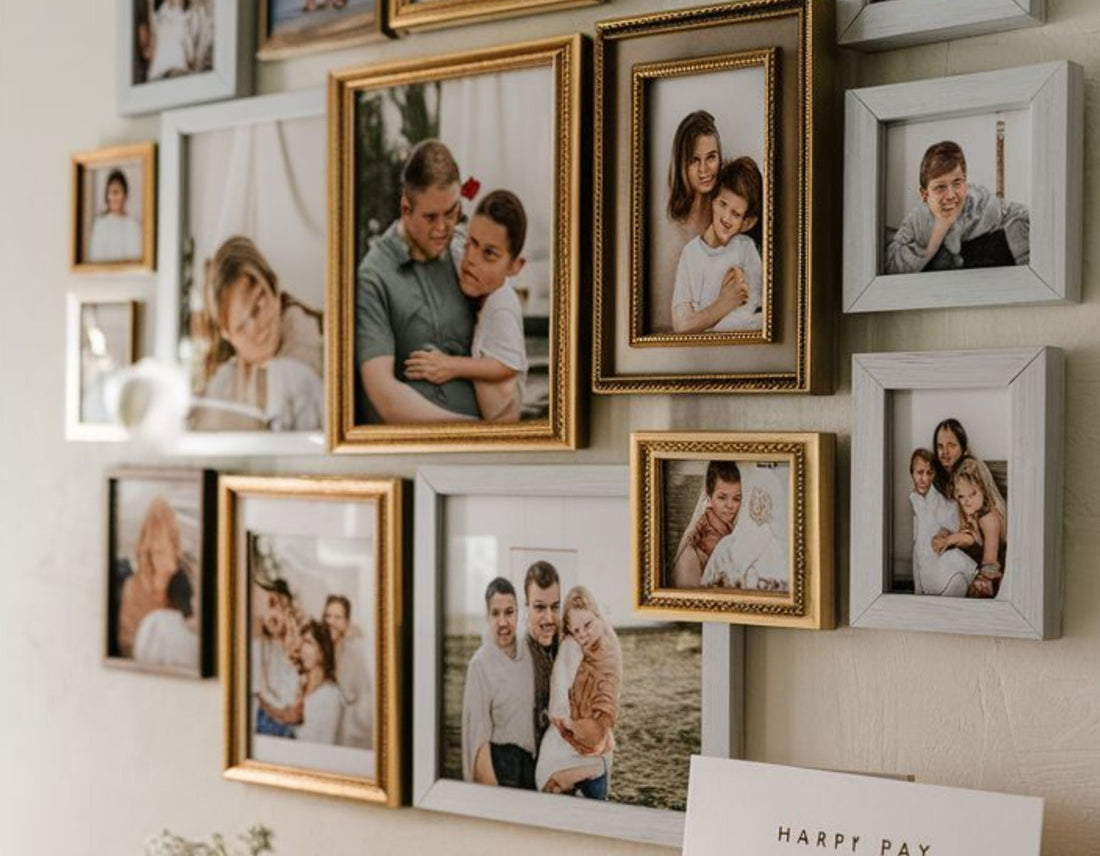
How to Decorate a Living Room Wall with Framed Art – Step by Step Guide
DEVANSH SAHUShare
Decorating a living room wall might seem simple, but the truth is, the right wall art can completely transform your space. It’s not just about hanging a few frames; it’s about creating a balance, telling a story, and reflecting your personality. If you’ve ever wondered how to decorate a living room wall with framed art step by step, this guide will walk you through everything you need to know.
1. Understand Your Space and Style
Before buying or arranging framed art, step back and analyze your living room:
Wall Size & Layout: Measure the wall height and width. A huge empty wall needs larger or multiple frames, while smaller walls might benefit from a single statement piece.
Room Style: Is your living room modern, minimalist, boho, or traditional? Your wall art should complement the existing furniture and décor.
Lighting: Consider natural light and artificial lighting. Frames with glossy finishes may reflect sunlight, while darker corners might need brighter art pieces.

2. Choose the Right Art Style
Your wall art should reflect your personality while harmonizing with your living room’s vibe. Here are some popular styles:
Modern & Abstract: Geometric shapes, bold colors, and unique designs. Perfect for minimalistic or contemporary homes.
Botanical & Nature Prints: Leaves, flowers, and landscapes add calmness and freshness to any space.
Boho & Eclectic: Layered textures, vibrant colors, and cultural influences for a lively, relaxed feel.
Family & Personal Art: Custom portraits, travel photos, or personal artwork make your wall feel intimate.

3. Pick the Right Frame and Size
Choosing the frame is as important as the art itself:
Material: Wood, metal, or acrylic frames. Wood feels warm and natural; metal is sleek and modern; acrylic is clean and minimal.
Color: Frames should either match your furniture or contrast slightly to make the art pop.
Size Matters: Avoid tiny frames on huge walls or oversized frames on small walls. Use the “2/3 wall width” rule — your frames collectively should cover about two-thirds of the wall’s width above the sofa.

4. Plan Your Layout
Now that you know your style and frames, it’s time to plan how the frames will hang:
Single Large Statement Piece
Perfect for small to medium walls.
Center it above the sofa or main furniture.
Keep the bottom edge ~6-10 inches above furniture.
Gallery Wall
Ideal for larger walls.
Mix frame sizes and orientations (portrait + landscape).
Use paper cutouts or templates on the wall first before hanging to visualize.
Maintain consistent spacing (2-4 inches between frames).
Symmetrical Arrangement
Balanced look with frames of the same size and style.
Works well for formal or minimalist interiors.
Asymmetrical Arrangement
Creative and dynamic.
Mix different frame sizes and shapes for an eclectic feel.
5. Choose Colors Wisely
Color coordination can make or break your wall décor:
Neutral Walls: Bold and colorful frames or art can stand out.
Colored Walls: Stick to frames with complementary or neutral tones.
Match Accents: Consider your cushions, rugs, and curtains when choosing art colors.
Consistency: Gallery walls don’t have to match, but a cohesive palette (3-5 colors) looks harmonious.

6. Hanging Tips & Tricks
Hanging art correctly ensures it looks professional:
Eye Level Rule: Center of the artwork should be at 57-60 inches from the floor.
Above Furniture: Keep 6-10 inches gap from the top of the furniture to the bottom of the frame.
Templates: Cut paper templates of frames and tape to the wall first to visualize arrangement.
Level & Secure: Use a spirit level to avoid crooked frames. Picture hooks or wall anchors work better for heavier frames.
7. Final Touches
Adding a few finishing touches can elevate the wall art even more:
Lighting: Wall-mounted spotlights or picture lights highlight your artwork.
Layered Decor: Place small decorative shelves or plants near frames for dimension.
Rotation: Change artwork seasonally or for special occasions to refresh your space.

8. Common Mistakes to Avoid
1. Hanging frames too high or too low.
2. Overcrowding the wall with too many small frames.
3. Ignoring furniture scale while choosing frame sizes.
4. Picking art that clashes with the room’s theme.
5. Skipping measurement and template step — leads to uneven gallery

Conclusion
Decorating a living room wall with framed art is both an art and a science. By understanding your space, choosing the right style and frames, planning layouts carefully, and following proper hanging techniques, you can transform any wall from plain to stunning. Remember, the wall tells a story — make
sure it’s yours.
Pro Tip: Experiment with your arrangement using paper templates first. Take photos from different angles before hammering nails. It saves mistakes and ensures a gallery-worthy display every time.
